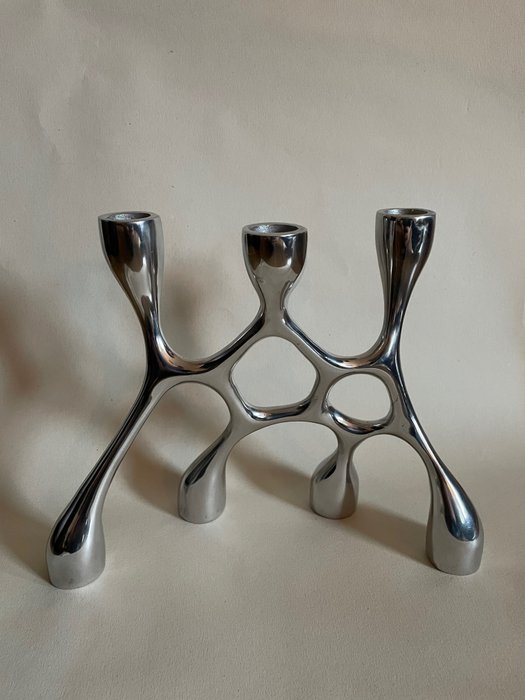
In 1897, brothers Emil and Hugo Rasch established the wallpaper manufacturing company Tapetenfabrik Gebr. Rasch in Bramsche, Germany. Building upon their father Hermann Rasch’s legacy as a hand printer, they quickly gained recognition for producing high-quality wallcoverings. By 1901, the company had expanded internationally, opening branches in Paris, Amsterdam, and Copenhagen. (Emil Hugo)
Collaboration with the Bauhaus
A significant milestone in Rasch’s history was a collaboration with the Bauhaus school in 1929. This partnership led to the “Bauhaus Wallpaper” collection, introducing innovative designs harmonising with modernist architectural principles. The success of this collection solidified Rasch’s reputation as a forward-thinking company. (Rasch Tapeten)
Post-War Artistic Endeavors
After World War II, Rasch continued to innovate by launching the “Künstler Tapeten” (“Artists’ Wallpaper”) line in 1950. This series featured designs by renowned artists such as Salvador Dalí, Lucienne Day, and Jean de Botton, blending fine art with interior design and offering consumers unique expression for their walls. (Cooper Hewitt)
Legacy and Influence
Over the decades, Rasch has maintained its commitment to quality and design excellence. The company’s collaborations with artists and designers have significantly influenced wallpaper design, making art accessible within everyday spaces. Today, Rasch continues to produce a diverse range of wallcoverings, upholding its tradition of innovation and aesthetic appeal. (Rasch Tapeten)
Sources
Woodham, J. M. (2006). A dictionary of modern design. Oxford University Press.
More on German Design
Related Articles
Discover more from Encyclopedia of Design
Subscribe to get the latest posts sent to your email.





